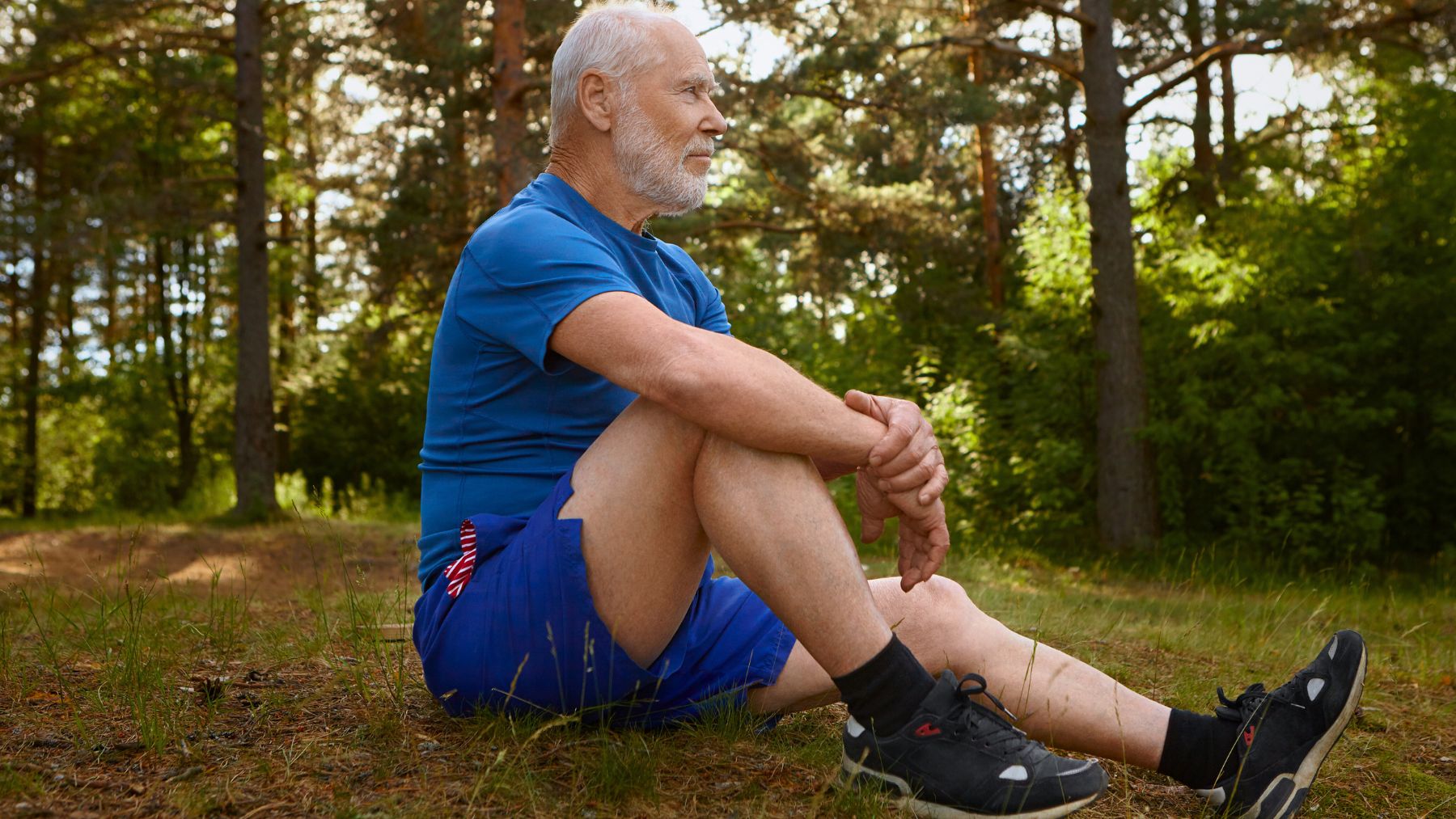Strength and balance are non-negotiable after 60. Although squats and planks are often recommended, there is one simple, frequently overlooked movement that offers remarkable benefits for daily function and safety. It targets core muscles essential for stability and movement, and it can assist with fall prevention, rehabilitation, and maintaining independence.
In the following sections, we’ll focus on why standing calf raises deserve a spot in your daily routine. By strengthening the calves, you enhance balance, reduce the risk of falls, and increase your mobility. We’ll also explain how to perform the movement correctly to maximize benefits and ensure safety during your practice.
Standing calf raises: an exercise for stability after 60
We’re talking about the simple act of lifting your heels off the ground. Your calf muscles, which include the gastrocnemius and soleus, serve as natural stabilizers and are in constant use when you walk, climb stairs, or simply stand. By developing these muscles, you build a stronger base that enhances dynamic balance and proprioception.
Weak calves can contribute to shuffling steps and instability, increasing the risk of falls. Daily calf raises help combat these issues by fortifying the muscles that control ankle movement and propel you forward. Moreover, these muscles play a critical role in promoting blood circulation in the lower legs. Regular exercise in this area also helps apply healthy stress to bones in the lower leg and foot, supporting bone density.
Proper form not only targets the right muscles but also makes the exercise more effective for improving balance, circulation, and mobility. The following list combines step-by-step instructions with essential tips for safety and progression.
How to do standing calf raises properly and tips for seniors
Follow these guidelines and advice to ensure that every repetition is executed safely and effectively:
- Stand tall: Position yourself near a wall, counter, or sturdy chair for light support if needed. Keep your feet flat on the floor and spaced hip-width apart.
- Engage your core: Gently tighten your abdominal muscles and maintain proper posture—shoulders back, head up, and spine straight. Rely on your support solely for balance rather than leaning on it excessively.
- Lift slowly: Press down through the balls of your feet and gradually raise your heels to a height that feels comfortable. Focus on lifting upward, not rocking forward, to effectively engage the gastrocnemius and soleus muscles.
- Pause briefly: At the top of the movement, hold the position for 1 to 2 seconds to fully contract and activate your calf muscles.
- Lower slowly: Carefully lower your heels back to the floor. Controlling the descent is vital because slow lowering maximizes muscle engagement, stretches the calves, and supports bone density in the lower leg and foot.
- Repeat and progress: Begin with 10 to 15 controlled repetitions, focusing on quality over speed. As your strength improves, start with body weight only, then increase the challenge by holding light dumbbells, adding more repetitions, or performing the exercise one leg at a time while maintaining stable support.
Emphasize control and focus on proper form from the beginning. Mild muscle fatigue is acceptable and signals effective training, but if you experience sharp pain or discomfort, stop immediately. Consistent practice, rather than intense bursts of exercise, builds the essential strength, balance, and stability you need every day.
